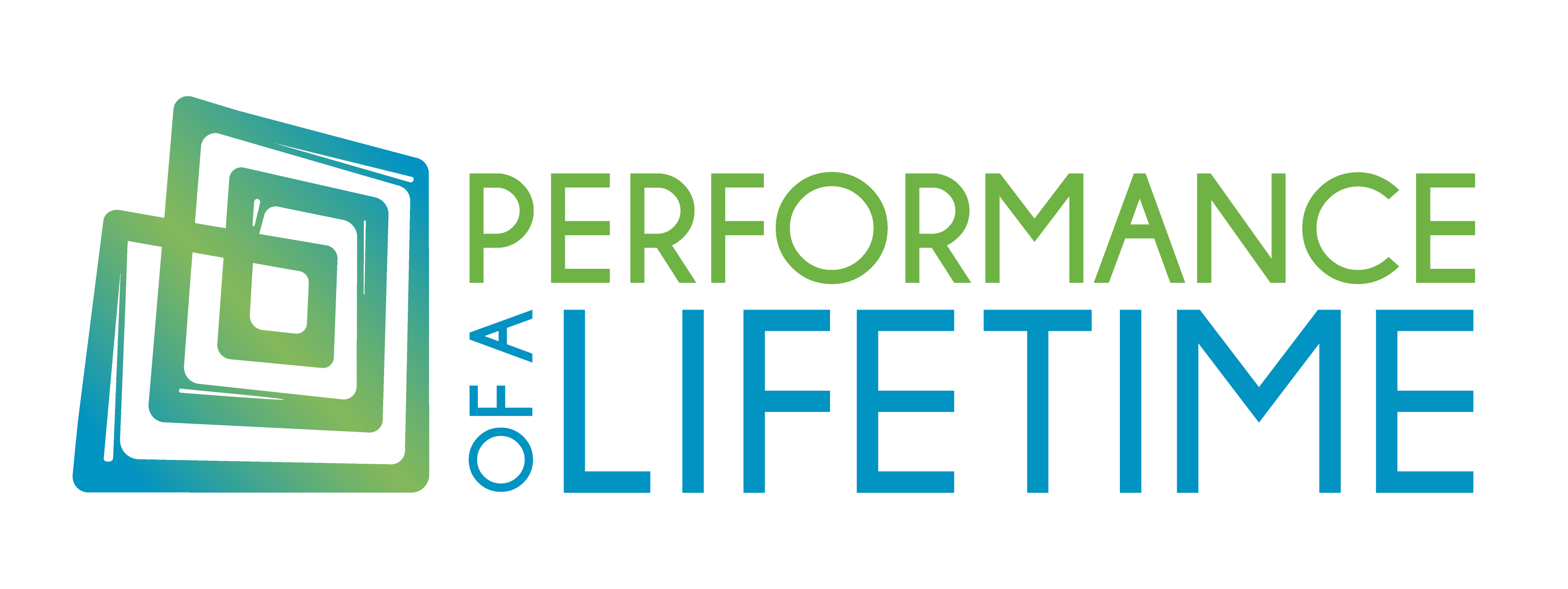While it may be problematic for cats, curiosity is very good for humans. It can help managers be more successful, leaders more inspirational and even make you a happier and better person. And since we humans are naturally curious, it’s all good, right?
But a host of factors can get in the way of your natural curiosity. It can be challenging to express curiosity to another person when you disagree with them, or know more about a topic than they do, or you’re just too busy.
These are actually the moments when the performance of curiosity can be a powerful tool. In a training session not long ago, I introduced a group of insurance company salespeople to the fundamental improvisation technique of accepting and building with anything a counterpart says (these are called “offers”), as a way of creating more connected and productive conversations.
One of the sales team members — I’ll call him Jim — talked about a particularly difficult “offer” he was dealing with, when a client told him she needed a free trial of a new risk-insurance product — right away. Since the company doesn’t give free trials, Jim punted, and told her he’d look into it. Several days later he still hadn’t gotten back to her.
Jim agreed to role-play the conversation he had been putting off, and I played the role of the potential customer. I started the scene assertively: “Jim, I’ve hired an analyst to try the new product — how soon can we get it?”
Jim attempted a smile and replied, “Let me first say that you are an important customer to us and we really value your business.” I stopped the scene.
Why? It was clear that Jim felt cornered by what I said in the role-play. It wasn’t an “offer” he felt prepared to deal with, so he ignored it, and recited “the company line” instead.
What else could he have done? That’s where the performance of curiosity comes in. While your “natural” response might be any number of things depending on the situation — defensiveness, avoidance, arguing, or in Jim’s case disappearing altogether — you can actually pretend to be curious. And the amazing thing is that most of the time, pretending or performing curiosity actually becomes genuine curiosity. How? Try these three performance directions:
1. Listen for the offer.
What new information just came your way? Attentive listening is one of hallmarks of curiosity, and by listening for what’s new you’re actually doing what you’d be doing if you were curious.
2. Ask curious questions.
Curious questions are open — they can’t be answered with a simple “yes” or “no” or any other single word. They’re connected to the offer you just heard. And they’re not a statement in disguise (usually made by adding “don’t you think” or “isn’t it true that” in front of your opinion). Curious questions often start with why, how, who, where, or what; and almost never with do or don’t.
3. Use curious body language.
Do what you do when you really are curious: You lean in. You look directly at the other person, maybe tilt your head a little. You open yourself by uncrossing your arms and legs.
If you follow these “curiosity directions,” yes, you’ll be pretending. But only for a moment! Because by focusing your listening, you’ll be turning your attention away from yourself and whatever was inhibiting your curiosity in the first place.
By asking curious questions, you’ll be conveying your interest to the other person (and who doesn’t like it when others are interested in what you have to say?) as well as eliciting still more new information you can be curious about. And the shift in your body language can actually change the way you feel.
Soon after the workshop, Jim met with his customer in real life. In our follow-up session he reported that he had tried out a curious performance — he leaned in and listened for the offer. This time, he heard it: the client was very concerned with getting the product quickly.
He asked her an open question about what was driving the urgency, and it turned out that, while she was actually sold on the product, her boss wasn’t, and she wanted a way to win him over before they wound up with an inferior alternative. Jim then offered to meet with the boss and long story short, they closed the deal.
So, not feeling curious? No problem. Perform it! Because a little curiosity can go a long way in transforming even the most awkward, uncomfortable, or unpleasant interactions into opportunities for collaboration, relationship-building — and even winning some business.
Originally published on Inc.com.
Cathy Salit is a performer and a founder of Performance of a Lifetime. Her book, Performance Breakthrough: A Radical Approach to Success at Work (Hachette Books) is on sale everywhere books are sold.
Comments are closed.

